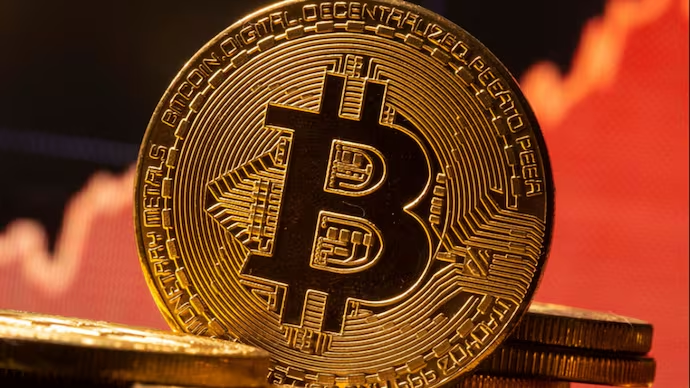Now Reading: Crypto Scams Rising in Smaller Indian Cities — How to Stay Alert and Safe
-
01
Crypto Scams Rising in Smaller Indian Cities — How to Stay Alert and Safe
Crypto Scams Rising in Smaller Indian Cities — How to Stay Alert and Safe

As cryptocurrency gains popularity across India, a growing number of people in Tier 2 and Tier 3 cities are becoming targets of fraud. Scammers are taking advantage of limited awareness and the excitement around quick profits to trick new investors. From fake trading apps to Ponzi-style schemes, the risks are real. Here’s a clear look at how these scams operate and practical steps to stay safe.
Why Smaller Cities Are Becoming Targets
The surge in crypto adoption outside metros is linked to cheaper smartphones, better internet, and easy-to-use apps. However, the rush to invest often comes without proper knowledge or security awareness. Fraudsters see this gap as an opportunity to push high-return promises, spreading through WhatsApp groups, Telegram channels, and even local acquaintances.
Common Types of Crypto Scams
One major trap is fake apps or exchanges that mirror legitimate platforms. Users deposit money, but when they try to withdraw, the app either crashes or demands extra fees. Ponzi schemes are another common form, where early investors get paid from new deposits, creating a false sense of trust until the system collapses. Fake wallet links and phishing messages also circulate widely, stealing login details and private keys. Even small meme coins or “new projects” often end up as pump-and-dump schemes, where prices crash as soon as enough people invest.
Warning Signs to Watch For
Promises of unusually high or guaranteed returns should immediately raise doubts. Pressure tactics like “last chance to invest” or “limited slots available” are designed to push investors into quick decisions. A lack of transparency about who runs the project, unclear contact details, or sudden withdrawal restrictions are other key red flags.
How Investors Can Protect Themselves
Using only established exchanges, enabling two-factor authentication, and never sharing private keys are basic safety steps. Beginners should start with small amounts they can afford to lose and verify platforms before putting in money. Avoid clicking on unknown links or downloading apps outside trusted app stores. Equally important, discuss potential investments with informed peers before committing funds.
The Way Forward
Crypto has opened new opportunities for financial growth, but it has also brought risks that hit smaller cities the hardest. The solution lies in stronger awareness campaigns, better digital literacy, and quicker responses from local cybercrime units. For investors, staying cautious and informed is the only shield. Ultimately, the future of crypto in India depends not just on adoption but on how safely people can participate in it.

























